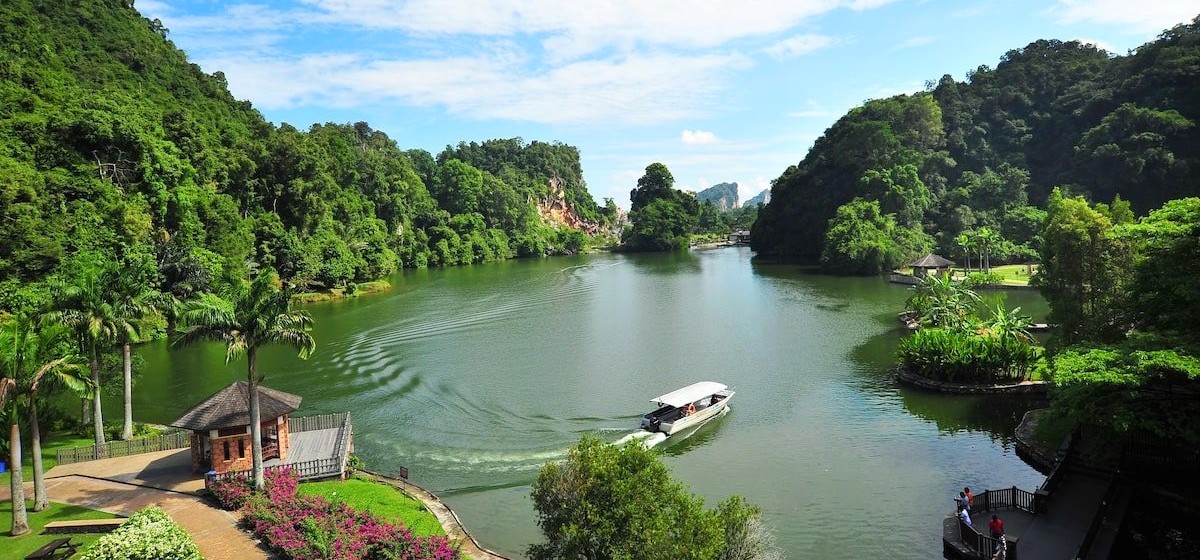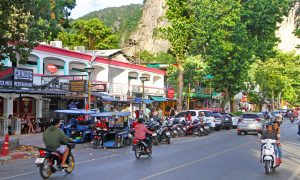While tin admittedly isn’t a commodity to inspire travel, in one Malaysian state, understanding its relevance adds to the experience of those who plan to visit.
Peninsular Malaysia’s second-largest state after Pahang has a lot to offer, with most tourists heading to the cities and towns of Ipoh (the capital), Kuala Kangsar (the royal capital), and Taiping. There are also the other lesser-visited towns of Teluk Intan, Sitiawan, Kuala Sepetang, Batu Gajah, Tambun, and Gopeng.
As a suggested starting point, on your next lazy Sunday afternoon, open up Google Maps and zero in on Kampar, a town in Perak, just off the North-South Highway between Tapah and Gopeng. The landscape is pockmarked with hundreds of small lakes, and it would appear the land has been rendered useless as there are few settlements in that part of Perak.
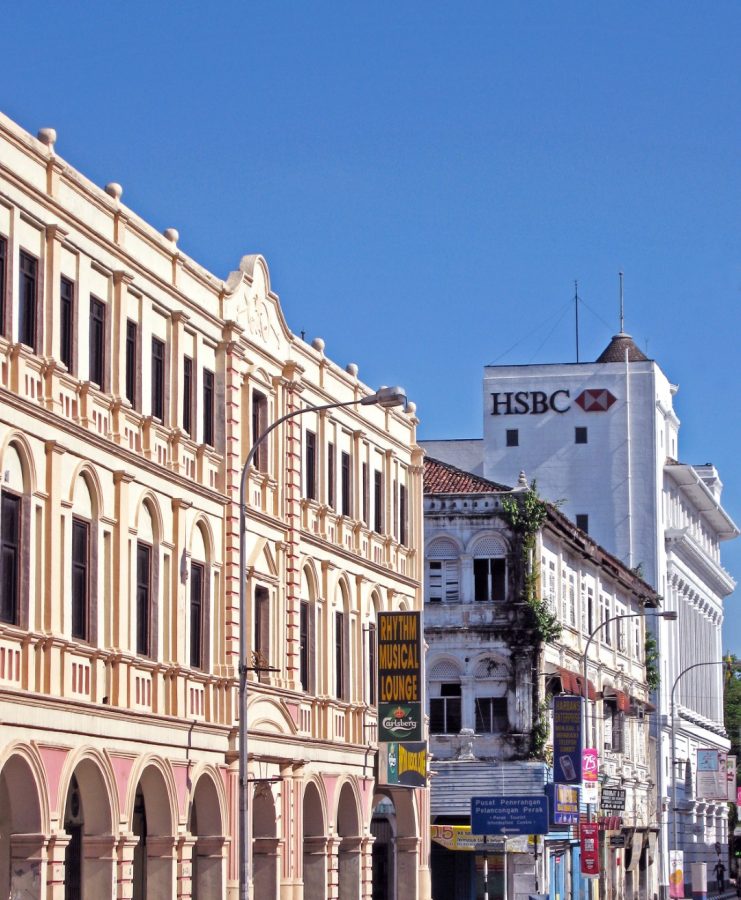
A BRIEF HISTORY
Perak first came to the attention of colonial administrators when tin was discovered, and the lakes are the result of the mining that ensured. It’s apparent that there was no attempt to reclaim the land, so now there are numerous lakes, but most appear to have no apparent use, and there is almost no development around them.
Perak is well-known in Malaysian history as the state that was built on tin. Tin fever hit Malaya in the last few decades of the 19th century, and like the gold rushes of the New World, thousands of migrants came to the country seeking their fortune.
While tin is still mined in Perak, it is nothing like the heady days of the late 19th century. These days, visitors travel to Perak to take in its history, nature, adventure, and, of course, its food. Being Visit Perak Year, there are numerous activities planned, so it’s time to go north to discover and explore.
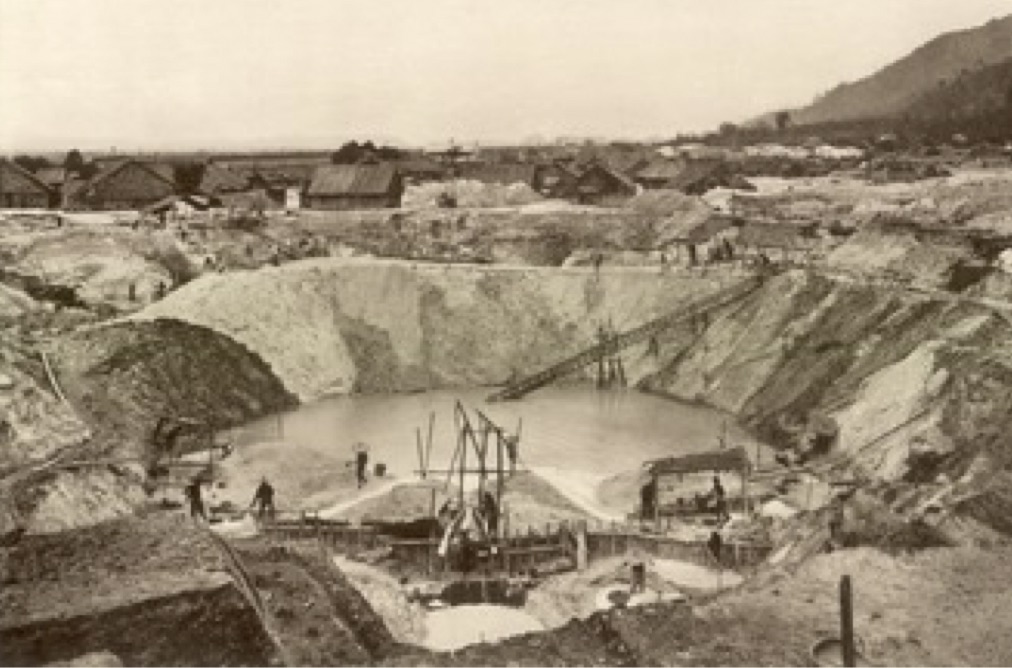
By 1850, tin was a highly prized commodity around the globe, and the discovery of large amounts of the ore in Perak led to frenzied mining activity. Various civilsations had been using tin for ages, for example, as far back as 3,000 years in places like Cornwall. Tinplate, made from dipping wrought iron in liquid tin, was a common practice.
However, in 1810, tin took centre stage with Peter Durand’s method of preserving food in sealed tinplate cans. A tin coating on rolled sheet steel provided resistance to corrosion. The process was patented by Peter Durand, a merchant from Middlesex. His invention provided a method of preserving food and other perishable items that had been previously stored in glass and pottery containers. The invention enabled food items to be placed in cans, partially or fully cooked, and the can meant that it could be reheated when it was time to consume the produce. In the realm of food preservation, the tin can was a game-changer.
By 1850, commercial-level lodes of tin were unearthed in Perak, and the mining boom began in earnest. Mining also led to the first major migration wave in Malaya, and by 1872, some 40,000 Chinese were mining in and around Larut (now Taiping). Larut was then the largest town in Perak, but by 1890, Ipoh had overtaken it in size. Perak was also the wealthiest state, and some of the grand buildings, especially in Ipoh, can be attributed to tin. (Ipoh was known as the ‘City of Millionaires,’ with many large houses around the city.)
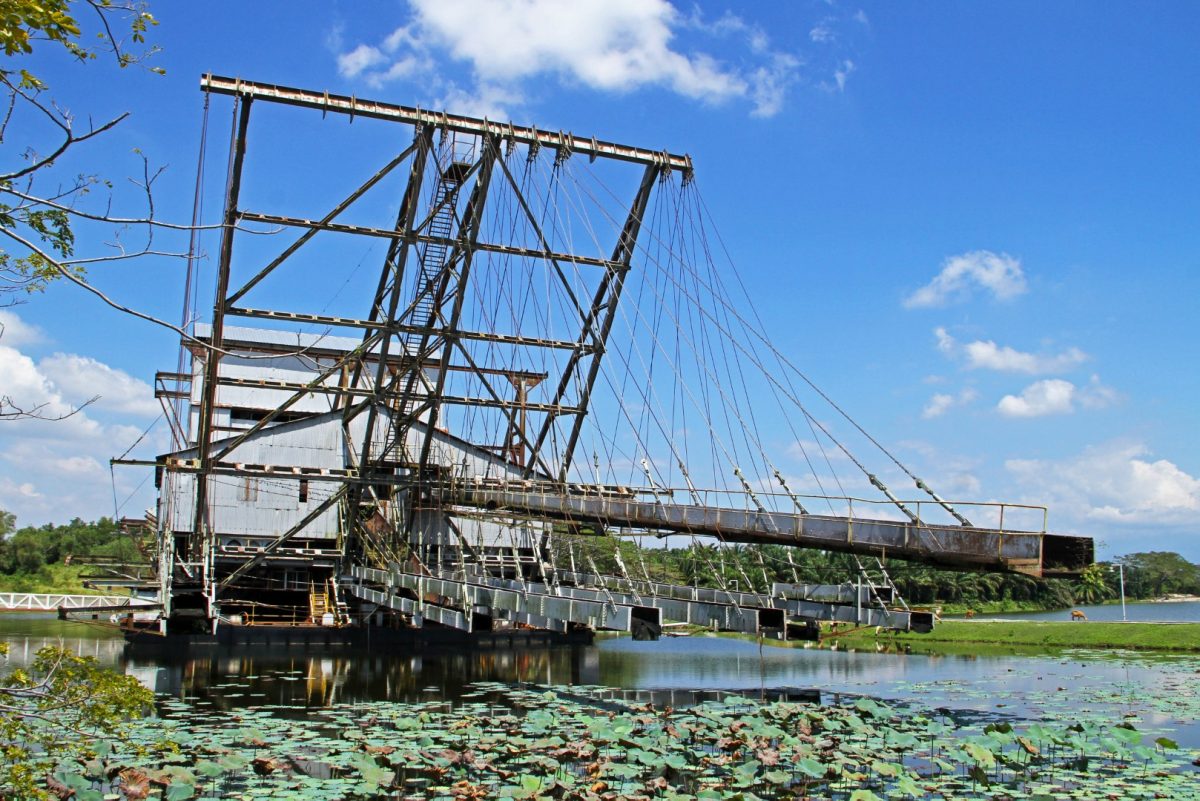
Visitors can learn about tin at Tanjung Tualang Tin Dredge No 5 (TT5), the last remaining tin dredge in Malaysia. While hand-panning for tin was the earliest method used to extract the tin, the process became more advanced with the introduction of large dredges. In 1913, Malayan Tin Dredging introduced the first dredge in Batu Gajah. By 1940, there were over 120 dredges in Malaya; this was one serious business.
People amassed small fortunes and seemingly lived happily ever after, with little happening until the past few years, when there has been a revitalisation of the town and an awakening of its tourist assets.
Tin was discovered in the Kinta Valley in the 19th century, and once that was fully mined, the Perak state capital hibernated until recently, with the opening of a water theme park, a few trendy cafés, indulgent restaurants and some international hotels. Now, Lonely Planet lists Ipoh as one of the region’s hottest destinations a few years back.
Over time, alternatives to tin were introduced, the price of tin declined, and the dredges were dismantled and sold for scrap; all but TT5. The dredge was eventually donated to the Perak Government in 1997. Located near Batu Gajah, it is open daily for inspection, but tickets are only sold online (impulsive shoppers or tourists, please take note).
The Geology Museum in Ipoh is another place to learn about rocks in general and tin in particular.
THEMED ADVENTURE
Families should head to the Lost World of Tambun on the outskirts of Ipoh. Its water theme park activities are popular with the locals, especially at the weekends. There are other activities, including a small zoo, and visitors can always explore some of the limestone caves for which Ipoh is so famous.
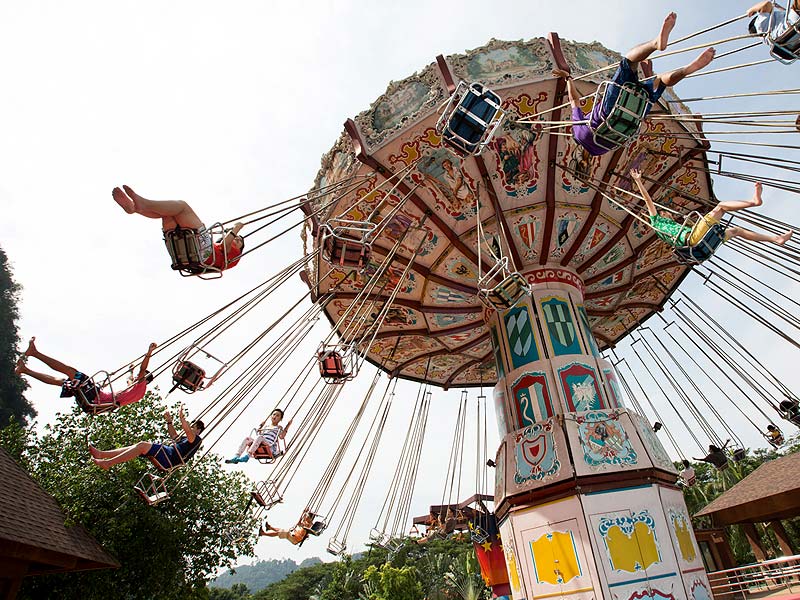
The Lost World Petting Zoo does an admirable job of providing an educational opportunity for young children in pleasant surroundings at the base of some limestone cliffs. Children can get close to birds such as the threatened African grey parrot and the beautiful blue and yellow macaw. Malaysia’s elusive tapir, a rainforest dweller, can also be seen.
Ready for another adventure, I joined a small group of cavers heading off to Gua Datok, perched 160 m high above the theme park. The climb to the cave was steep, but mostly on 600 well-formed steps. The cave interior was impressive, and the views at its opening above the park over a housing estate and lake were quite grand.
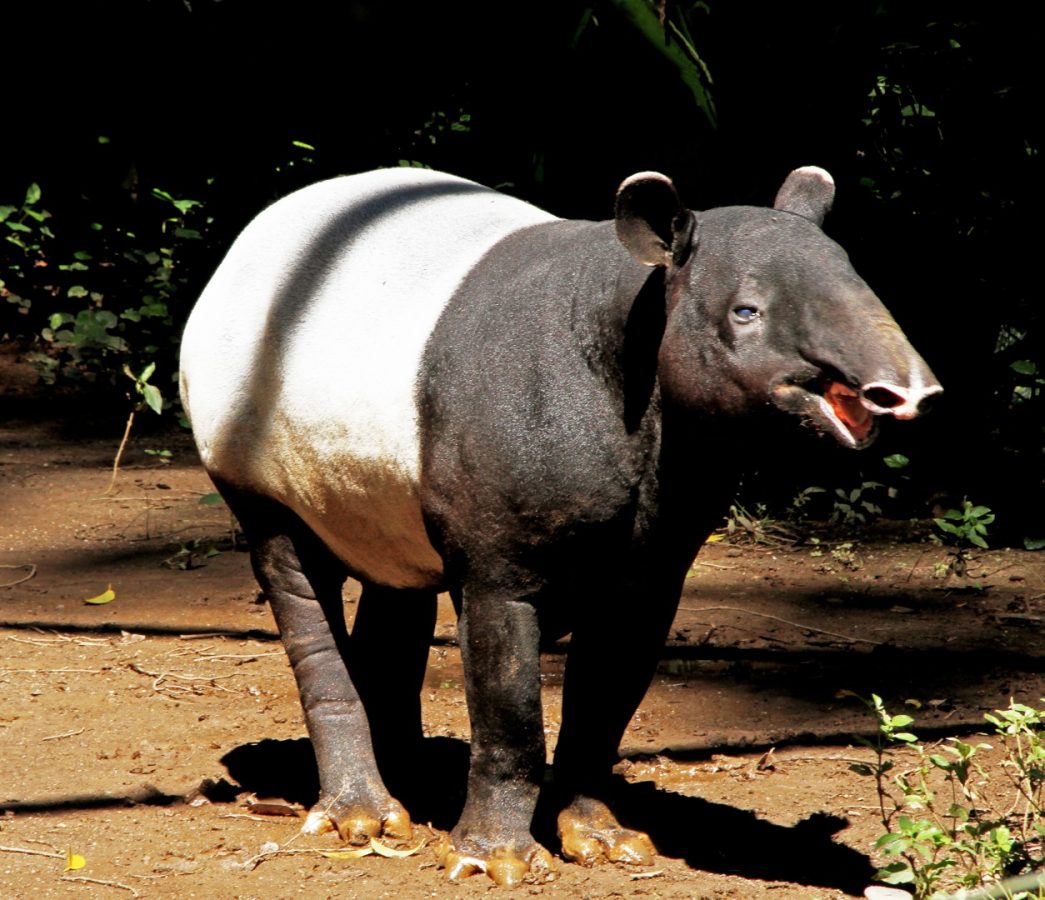
BACKROAD ADVENTURES
Adventurous travellers can also explore the backroads of Perak and engage in a variety of activities, from caving to whitewater rafting and thrilling all-terrain vehicle (ATV) challenges.
Gopeng is a good destination for such visitors to base themselves at the Kandu Resort which provides very comfortable accommodation. ATV Gopeng is located immediately opposite the resort and whitewater rafting, not far away.
ATV Gopeng is a professional outfit staffed by an enthusiastic team. They offer various adventures; one for novices like me, and another more adventurous journey into some remote forested areas for the more experienced.
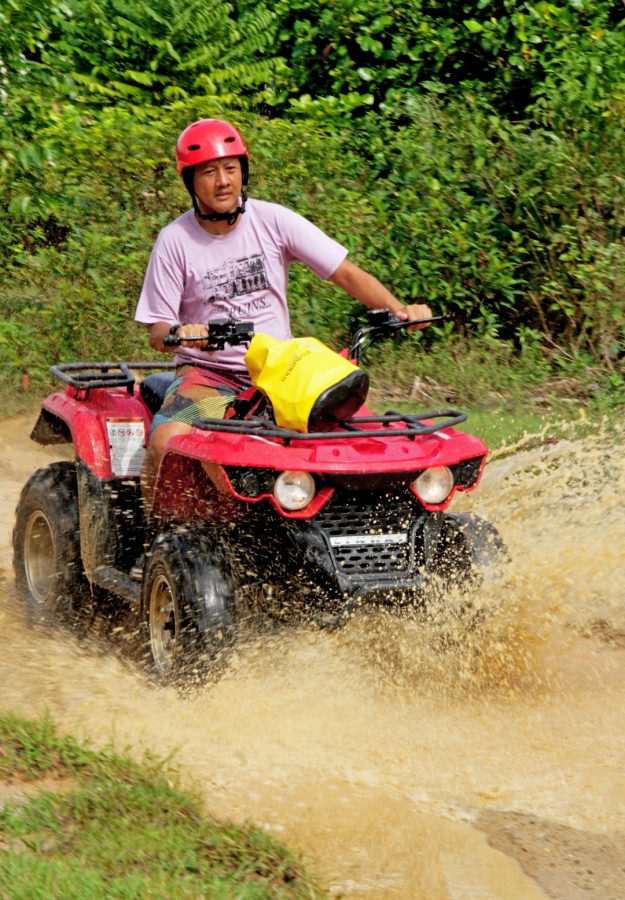
There really isn’t much to handling an ATV when on level ground, but it gets a little more difficult on undulating surfaces. Balance is all important, as I found out when I rode tandem on one section, as the driver and passenger needed to be fully coordinated in their movements.
Whitewater rafting is an adventure that everyone should try at least once. River Explorer operates on the Kampar River, which, depending on the water level, offers rapids of grade two to four. This may not mean much to the uninitiated, but, believe me, grade four is enough to get the attention the average thrill seeker. At worst, the raft will capsize and you’ll float down the river until you can get back into the raft where the river is less turbulent.
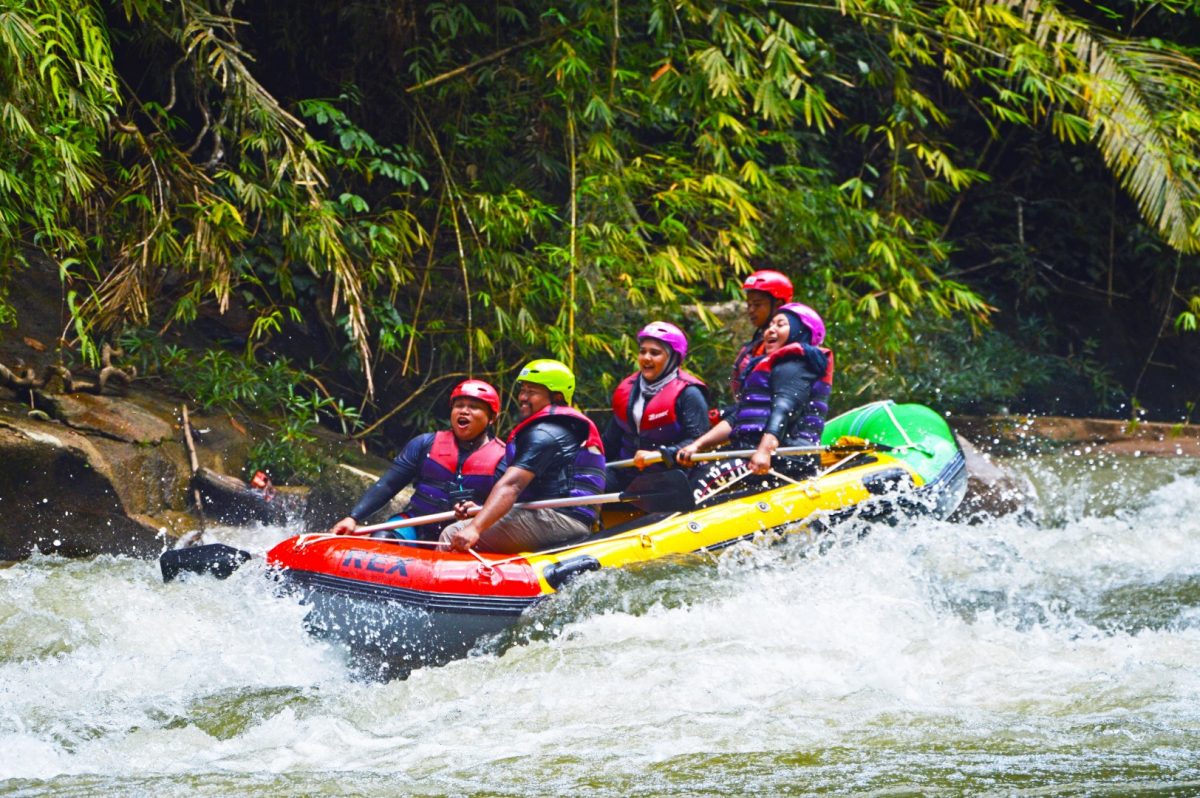
Learning to raft is quite straightforward and a lot of fun. It’s also quite different to rafting in temperate latitudes, especially in mountainous regions, as the water in those rivers typically comes from snowmelt and stays somewhere between chilly and freezing all year. You’ll have no such worries with Perak’s rivers.
River Explorer also organises excursions to Tempurung Cave, located near Gopeng. Peninsular Malaysia’s largest cave is a most rewarding activity, with the highest dome in this limestone network being 90 m high. Most visitors join a dry tour, while the more adventurous can choose a wet tour conducted by operators such as River Explorer.
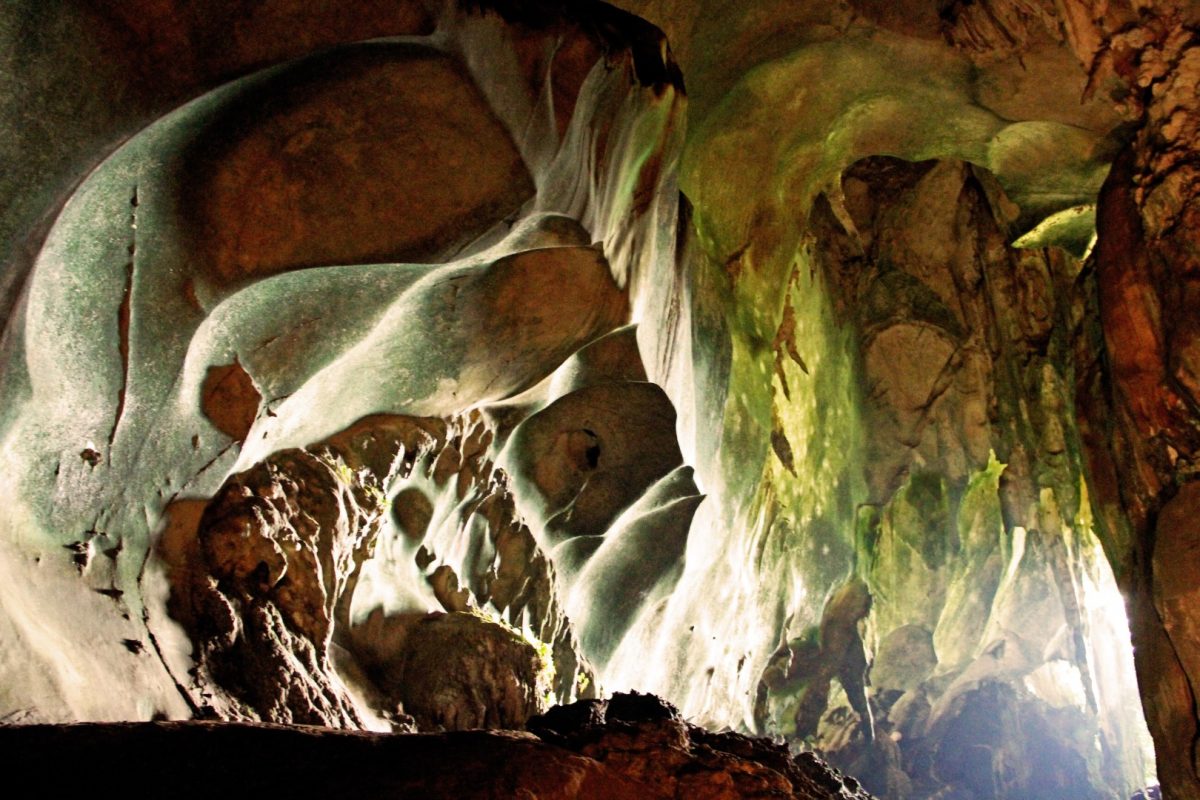
HERITAGE TRAIL
Several grand 19th-century buildings in the historic heart of Ipoh provide some indication of the wealth that was generated by tin mining. Those who love tours of self-discovery should obtain a copy of the informative heritage trail brochure that is available in the Tourist Information Centre in the City Council Office opposite the railway station on Jalan Bandar.
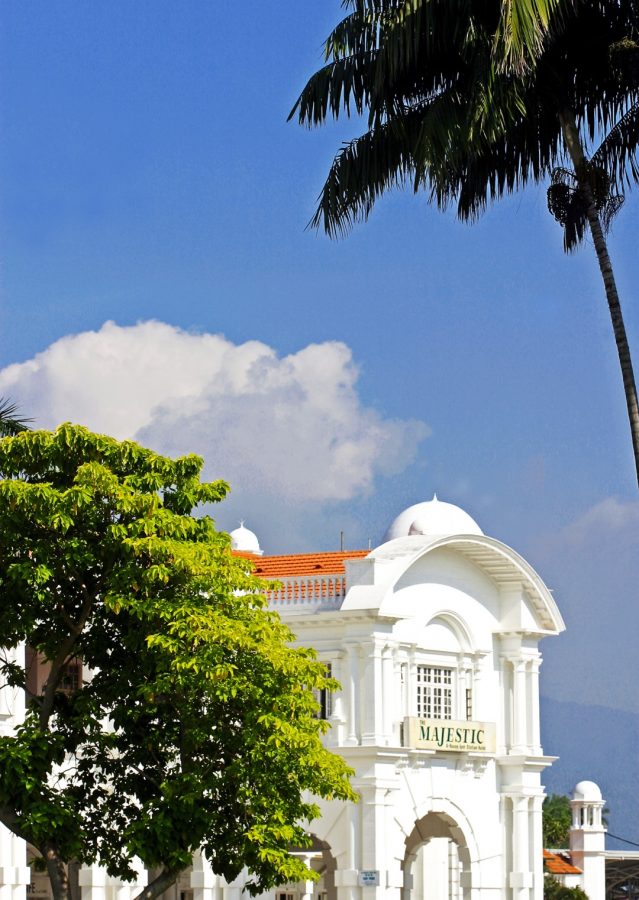
This details the main buildings, which can be seen during a walk of a few hours. Ipoh’s finest old building is the Ipoh Railway Station, which was officially opened in 1917. Its exterior, featuring Moghul architecture, is superb and similar in design to its counterpart in Kuala Lumpur. Much of the interior has been modernised to accommodate the ETS and KTM train services that operate to and from the station. Sadly, the heritage elements of the station aren’t in prime condition, but there’s talk of renovating the old hotel above the station.
Close by are two other impressive heritage buildings, the Royal Ipoh Club and the High Court Building. The club overlooks the vast playing fields of the padang and its Tudor styling resembles that of the Royal Selangor Club in downtown Kuala Lumpur.
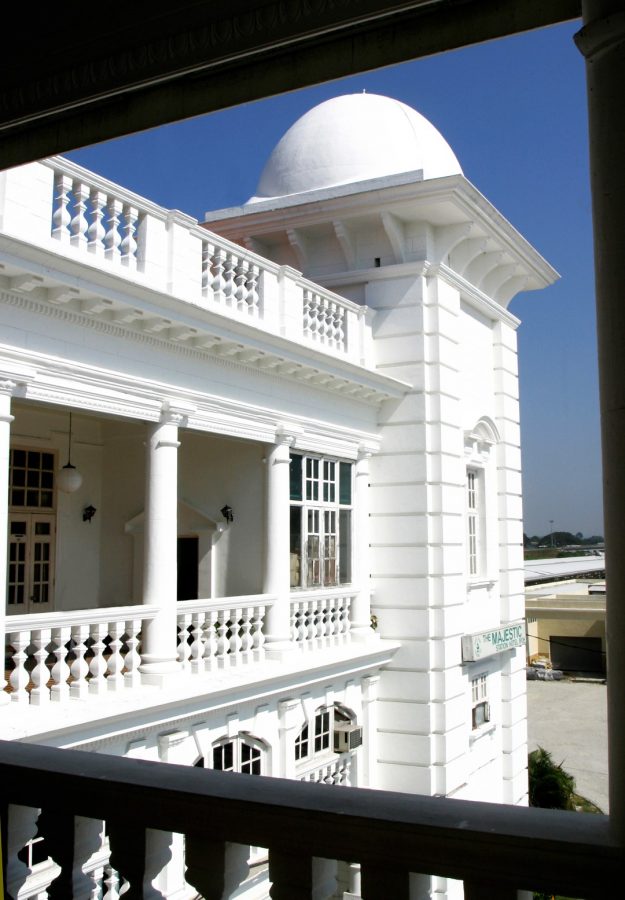
FOOD AND COFFEE CULTURE
Ipoh has a well-earned reputation with Malaysians and other visitors for its tasty hawker food, often served in old-fashioned coffeeshops. Indeed, some say Ipoh rivals Penang for the country’s street food crown. Some commercial outlets like Old Town White Coffee, which began in Ipoh, have become firm favourites located now in many parts of Malaysia.

In line with the general advancement of tourism in Ipoh, there’s a lively café culture with Plan b, a pioneer concept located in Ipoh’s historic heart. This inviting outlet is located in a repurposed heritage building with a gallery and boutique hotel in close proximity. The gallery is home to paintings by local artists, while the boutique hotel and library are part of the Sekeping Kong Heng section of the building.

Indulgence Restaurant and Living has a strong reputation for creative food, global wines and boutique accommodation above the restaurant. The boutique hotel has several themed rooms, and no two rooms are the same, so it’s important to book the room that takes your fancy.
Ipoh has definitely re-emerged from its glory days as the tin capital of the British Empire and is a destination that deserves a weekend’s exploration. Its historic centre is walkable, although best done in the cool of the day. There are coffeeshops, both traditional and contemporary, for some respite from the heat.
It makes an excellent base to explore Kuala Kangsar and/or Taiping, although both of these towns are also destinations in their own right.
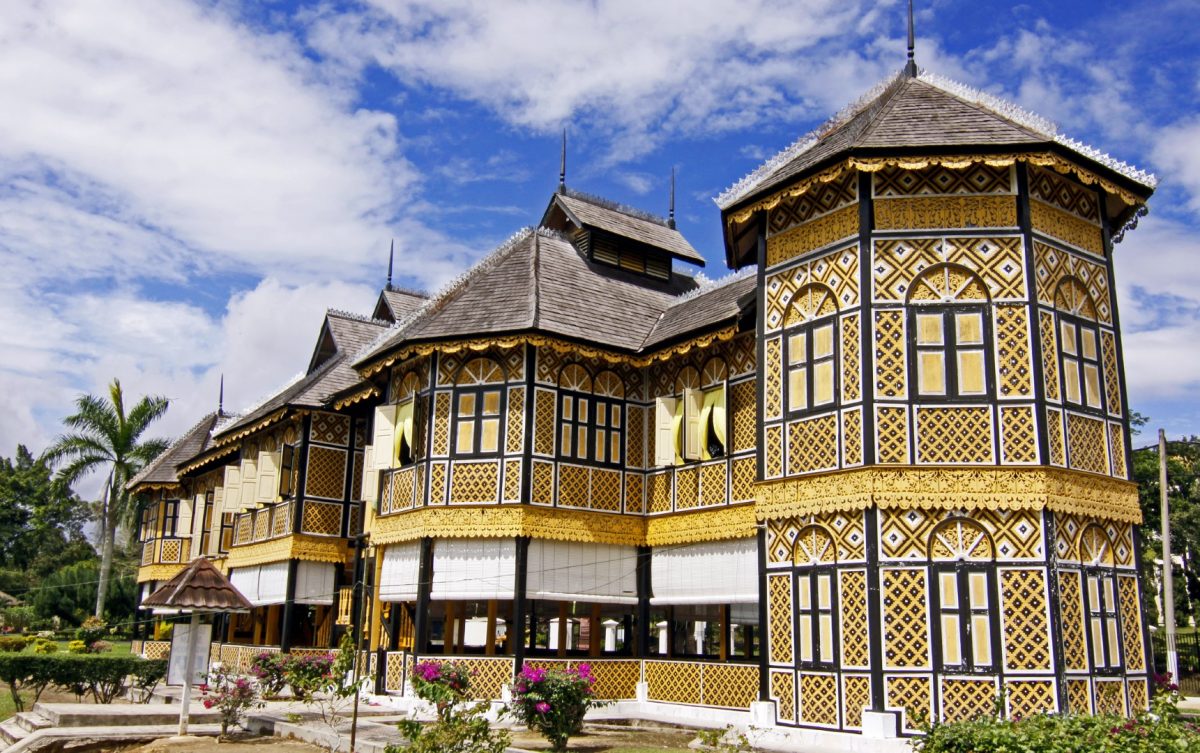
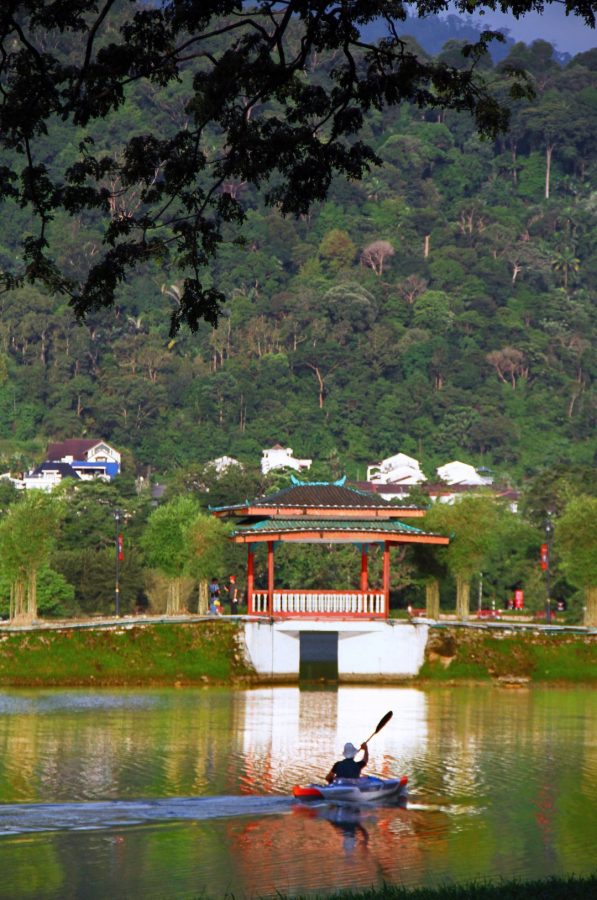
TRAVEL FILE
Getting There
As Ipoh is just two hours’ drive north of Kuala Lumpur, it’s the perfect destination for a short break. While most will drive, the recommended public transport alternative is the ERL train from Kuala Lumpur which takes the same time as driving but without the traffic hassles. The train station in Ipoh is within comfortable walking distance to many attractions in Old Town Ipoh, or visitors can always use Grab.
Where to Stay
The Kandu Resort (thekandu.my) is located in a village setting just out of Gopeng in Kampung Gunung Mesah Hulu. In Ipoh, foodies should check into Indulgence (T: +60 5 255-7051), while Ipoh French Hotel (french-hotel.ipoh-hotel.com) is ideal for the budget conscious. Banjaran (sunwayhotels.com) is a truly indulgent resort, while Lost World Hotel (sunwaylostworldoftambun.com) will appeal to families. In Taiping, stay at Novotel Taiping (novoteltaiping.com-malaysia.com), and in Kuala Kangsar, The Casaurina (casaurinahotelkk.com.my) is worth checking out.
Contacts
ATV Gopeng (T: +60 17 866-6884), Lost World of Tambun (sunwaylostworldoftambun.com), River Explorer (riverexplorer.asia), and Tourism Perak (tourismperakmalaysia.com).
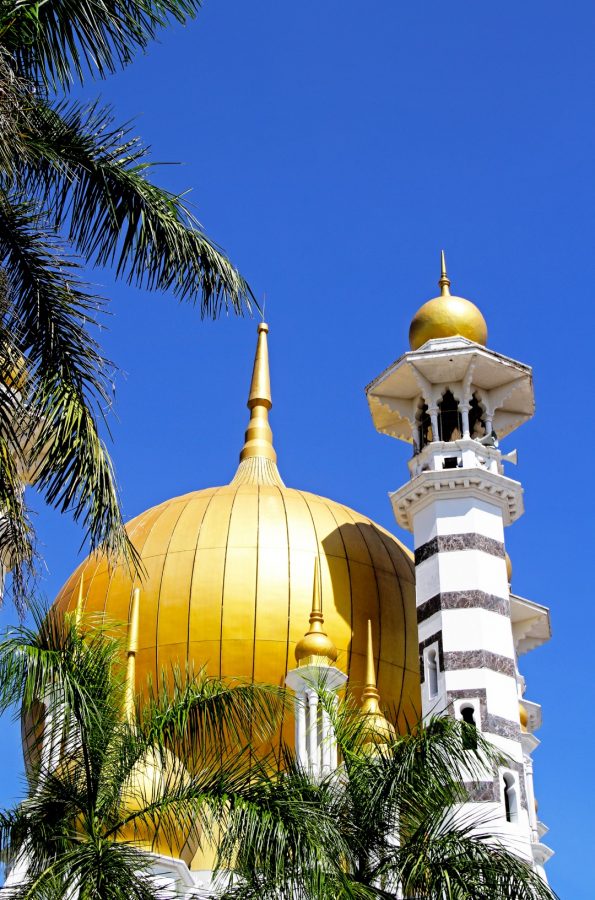
"ExpatGo welcomes and encourages comments, input, and divergent opinions. However, we kindly request that you use suitable language in your comments, and refrain from any sort of personal attack, hate speech, or disparaging rhetoric. Comments not in line with this are subject to removal from the site. "


